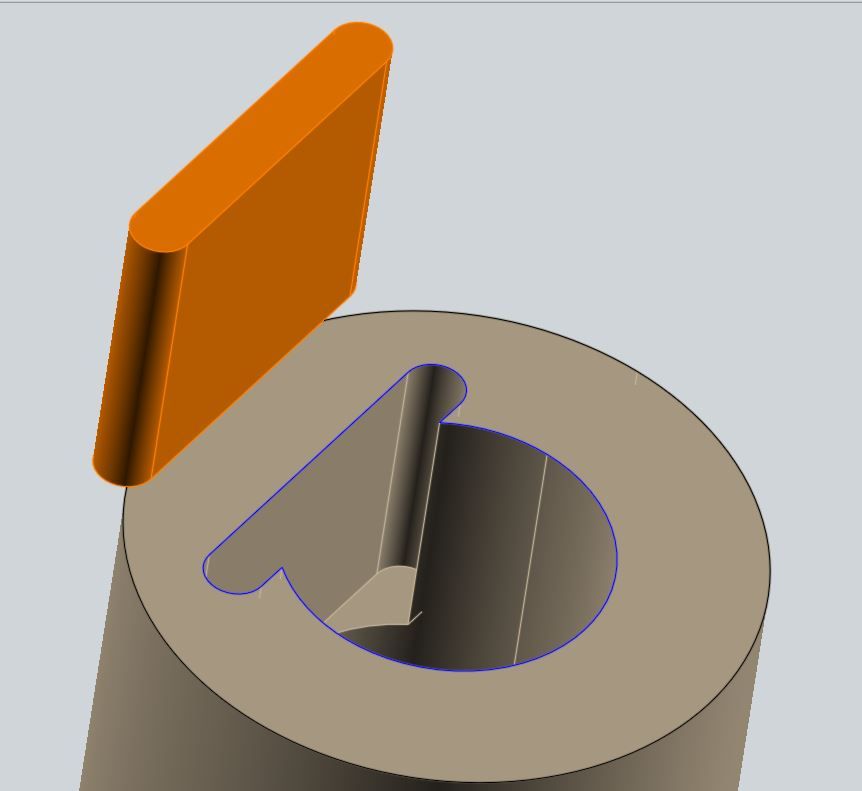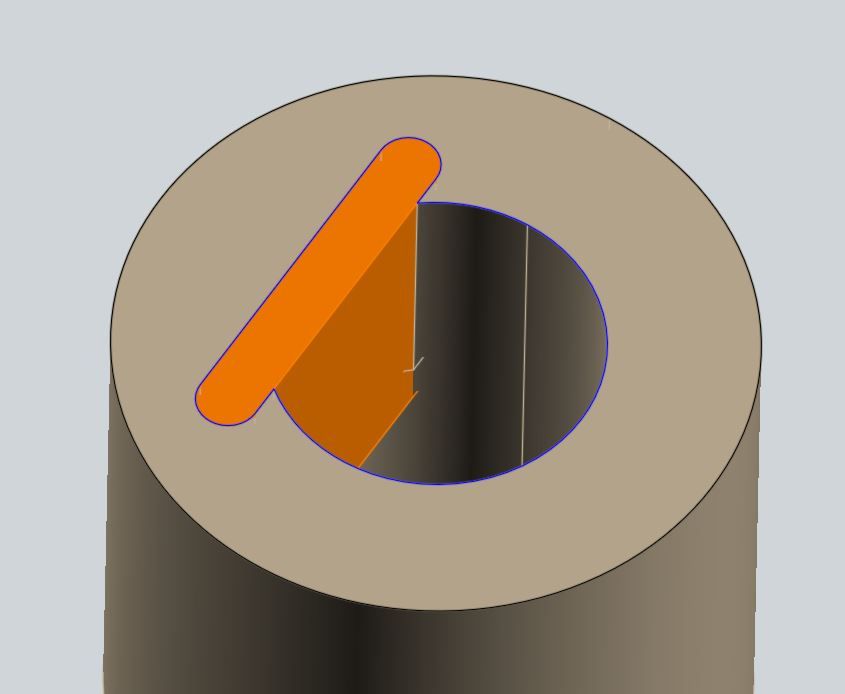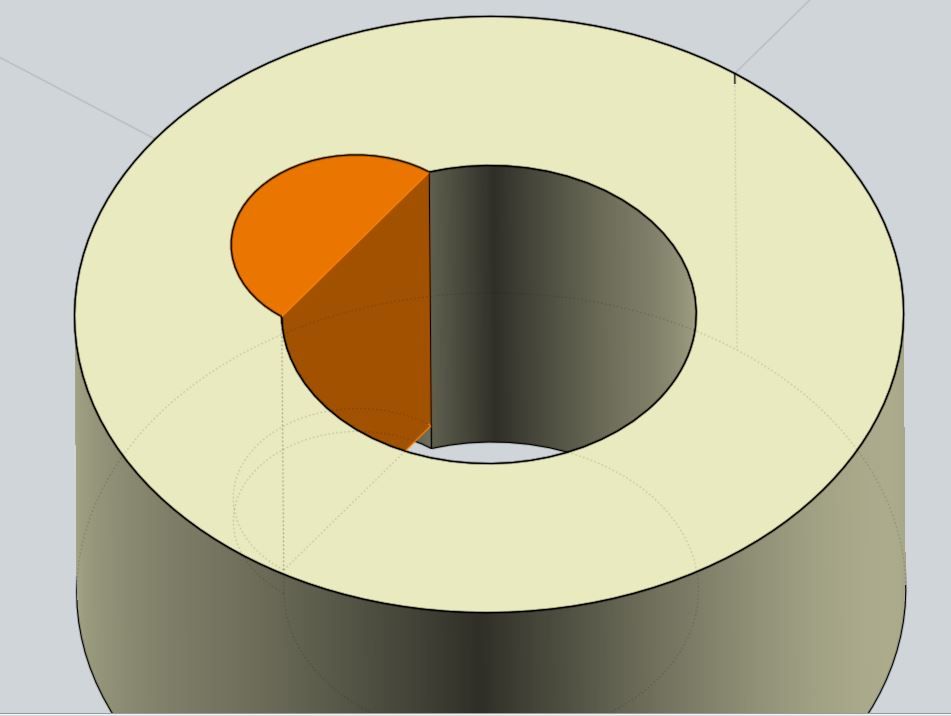How do I do this?
How do I do this?
- This topic has 30 replies, 19 voices, and was last updated 5 March 2015 at 10:00 by
pgk pgk.
- Please log in to reply to this topic. Registering is free and easy using the links on the menu at the top of this page.
Latest Replies
Viewing 25 topics - 1 through 25 (of 25 total)
-
- Topic
- Voices
- Last Post
Viewing 25 topics - 1 through 25 (of 25 total)
Latest Issue
Newsletter Sign-up
Latest Replies
- Sandvik Coromant 20mm hand-scraper
- Printed ME&W not arriving (overseas).
- New Warco D330 – Some Advice Please
- Countersinking carbon fibre sheet with my Sieg CNC Mill
- Not another one
- Help and advice please
- making a 3″ saw-blade clamping washer with a tapered thickness
- CNC Coolant
- The June copy of ME&W has not arrived.
- Boxford Cud or ML7









